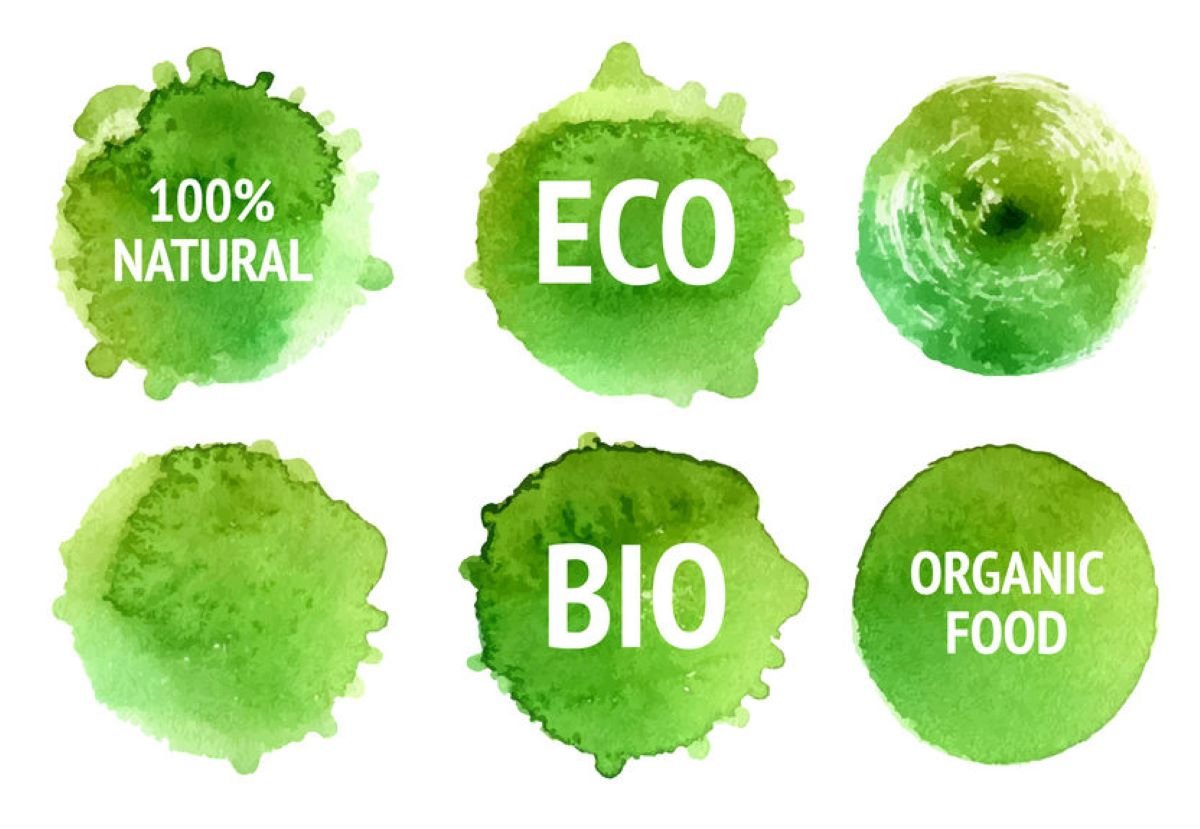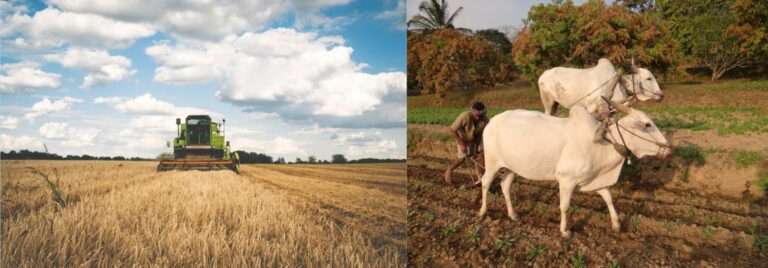the different types of ecolabels

With growing concern about the impact of production systems on the environment, many efforts have been made to shift both producer and consumer behavior. Ecolabelling is one approach that aims to (1) inform consumers about the environmental impact of their consumption patterns and (2) encourage producers to improve the environmental sustainability of their products and services.
At present, there are three different types of ecolabels: Type I, Type II and Type III. Here is a breakdown:
Type I Ecolabels
The “classic” ecolabel that evaluates the environmental quality of a product compared with other products of comparable function.
Type I Ecolabels are:
- Designed to be consumer-friendly and informative
- Based on the fulfillment of a set of criteria
- Awarded by a certified third-party program
- Often government supported
- Criteria and categories are defined by independent experts, e.g., academic researchers, but also include input from interest groups and technical experts
- Evaluation and selection requirements are available to the public
- Certification is granted for a specific time period, after which the product/service needs to be recertified
Type I is considered the so-called gold standard for consumer education because there is an independent certifying body.
Common examples include:
- EU Ecolabel
- the Blauer Engel
- Marine Stewardships Certification
- Forest Stewardship Council
- Fair Trade
Type I ecolabels set the benchmark for credibility and consumer trust. With transparent criteria, third-party verification, and time-limited certification, they offer a reliable signal of environmental quality, empowering consumers to make informed choices and encouraging producers to meet higher sustainability standards.
Find out more about The Most Trustworthy Ecolabels.
Type II Ecolabels
Claims by manufacturers, importers, retailers, or distributors about environmental characteristics of a product or service, e.g ‘dolphin safe’.
Type II Ecolabels are
- Self-declared
- Focused on a particular quality of a product, e.g., compostable
- Not independently certified
- Should be verifiable (but is not always)
- Can raise questions about the validity of certification when unverifiable
While Type II labels can highlight valuable product attributes, their self-declared nature means they should be approached with a critical eye. Without independent verification, these claims risk falling into the realm of greenwashing, emphasizing the importance of transparency, traceability, and consumer scrutiny.
Find out if you’re being greenwashed.
Type III Ecolabels
Voluntary declarations of the sustainability of a product or service’s entire life cycle. This type of ecolabel.
Type III Ecolabels
- May or may not be third-party certified
- Are often Business-to-Business (B2B) in nature
- Does not certify any specific quality of a product/service
- Facilitates the drawing of independent conclusions about the sustainability of a product/service
While less familiar to the general public, Type III ecolabels play a crucial role in business-to-business sustainability communication. By focusing on life cycle data and standardized reporting, they support transparency and informed decision-making, especially for industries seeking to track and reduce their environmental impact across supply chains.
Together, these three types of eco-labels reflect the evolving landscape of environmental communication, from self-declared claims to rigorous third-party certification. As eco-labeling continues to shape consumer behavior and production practices, understanding the differences between label types is essential for navigating sustainability claims with clarity and confidence.
Are you curious about which ecolabels actually make a difference?
Ecolabelling can be a powerful tool, but not all labels are created equal. Understanding the differences between self-declared claims and third-party certifications is key to making informed choices as a consumer, producer, or policymaker.
If this article helped clarify the landscape of ecolabels, please sharing it with your network.
Check out another informative article on ecolabels:
- The advantages and disadvantages of ecolabels
- What are ecolabels?
- Challenges to ecolabels
- Disadvantages of ecolabels
- Drivers of ecolabel adoption – what factors lead to ecolabel uptake and acceptance?
Subscribe to Ecosystems United for regular updates on sustainability standards, consumer awareness, and environmental impact.
We’d also love to hear from you: What role do ecolabels play in your purchasing or production decisions?




9 Comments